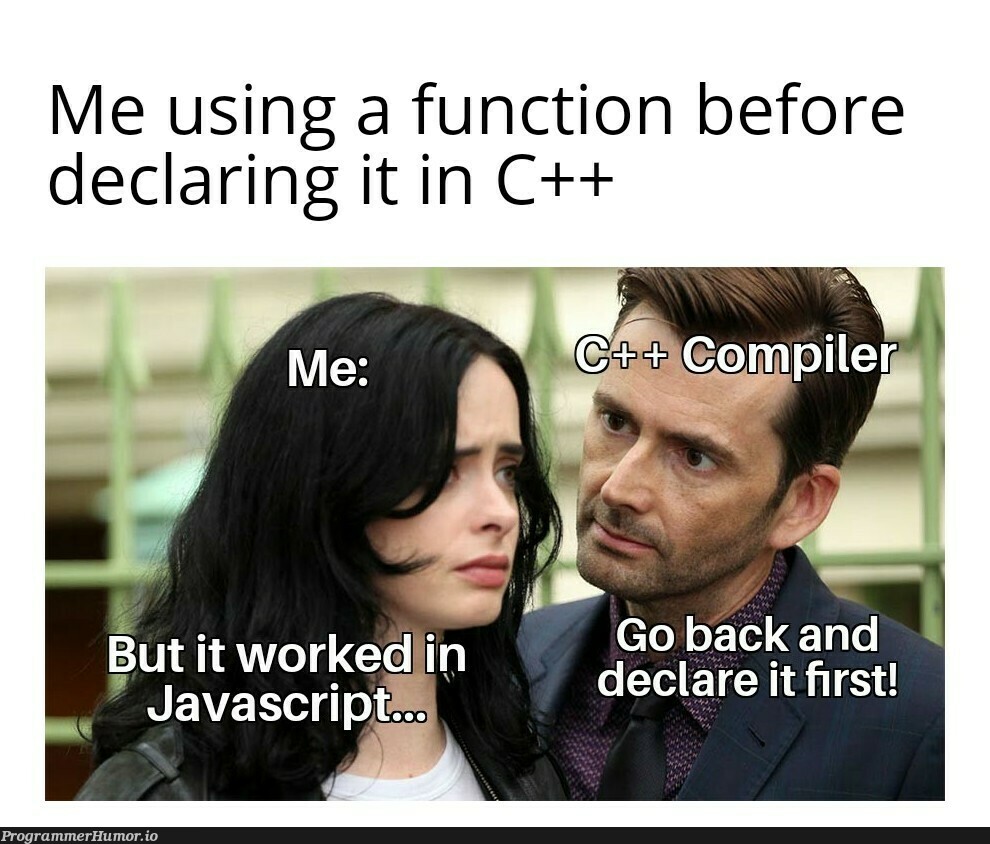
Data Structures and Algorithms in C++ | Topics to be prepared for Interviews
Data Structures and Algorithms in C++: A Guide for Placement Success
In today’s technology-driven world, mastering Data Structures and Algorithms (DSA) is a crucial step towards securing placements in top tech companies. For students and budding developers, understanding these concepts in C++ can open doors to lucrative opportunities. In this article, we’ll explore the must-know topics in DSA, tailored specifically for placement preparation.

Why Learn Data Structures and Algorithms in C++?
C++ is a powerful, efficient, and versatile programming language widely used in competitive programming and system-level development. Its Standard Template Library (STL) provides pre-implemented data structures and algorithms, making it an ideal choice for mastering DSA. Learning DSA in C++ not only enhances problem-solving skills but also provides a competitive edge during technical interviews.

Core Topics to Cover
1. Basics of C++
Before diving into DSA, ensure you have a strong foundation in C++. Key concepts include:
-
Syntax and Control Structures (if-else, loops, etc.)
-
Functions and Recursion
-
Pointers and Dynamic Memory Allocation
-
Object-Oriented Programming (OOP): Classes, Objects, Inheritance, Polymorphism
-
Exception Handling and File I/O
2. Arrays and Strings
Arrays and strings are fundamental data structures used in solving problems efficiently. Topics include:
-
Basic Operations: Traversal, Insertion, Deletion
-
Multi-Dimensional Arrays
-
Sliding Window and Two-Pointer Techniques
-
String Manipulation: Palindromes, Anagrams, Pattern Matching (KMP Algorithm)
-
Subarray Problems (Kadane’s Algorithm)
3. Linked Lists
Linked lists form the basis of dynamic data structures. Key types and operations are:
-
Singly Linked List
-
Doubly Linked List
-
Circular Linked List
-
Operations: Reversing a Linked List, Detecting and Removing Cycles (Floyd’s Cycle Detection Algorithm)
-
Merging and Sorting Linked Lists
4. Stacks and Queues
These linear data structures are pivotal in problem-solving. Focus on:
-
Implementation using Arrays and Linked Lists
-
Applications: Balancing Parentheses, Next Greater Element, Min Stack
-
Queue Variants: Circular Queue, Priority Queue, Double-Ended Queue (Deque)
-
STL Implementations (std::stack, std::queue, std::priority_queue)
5. Trees
Understanding trees is vital for solving hierarchical and network-related problems. Cover:
-
Binary Trees: Traversals (Inorder, Preorder, Postorder)
-
Binary Search Tree (BST): Operations (Insert, Delete, Search)
-
AVL Trees and Red-Black Trees
-
Trie (Prefix Tree) and Applications (Autocomplete, Dictionary Search)
-
Segment Trees and Fenwick Trees (for range queries)
6. Graphs
Graphs are indispensable for tackling real-world problems. Focus on:
-
Representations: Adjacency Matrix, Adjacency List
-
Traversal Algorithms: Depth First Search (DFS), Breadth First Search (BFS)
-
Shortest Path Algorithms: Dijkstra’s, Bellman-Ford, Floyd-Warshall
-
Minimum Spanning Tree: Kruskal’s and Prim’s Algorithms
-
Topological Sorting and Strongly Connected Components
-
Applications: Network Flow (Ford-Fulkerson Algorithm), Bipartite Graphs
7. Sorting and Searching
Efficient sorting and searching algorithms are integral to optimized problem-solving. Study:
-
Sorting Algorithms: Quick Sort, Merge Sort, Heap Sort, Counting Sort
-
Searching Algorithms: Binary Search and Variants
-
Order Statistics (Kth Largest/Smallest Element)
8. Hashing
Hashing enables efficient data retrieval and storage. Cover:
-
Hash Tables and Hash Maps
-
Collision Resolution Techniques: Chaining, Open Addressing
-
Applications: Frequency Count, Subarray Problems, Two-Sum Problem
9. Dynamic Programming (DP)
Dynamic programming is a cornerstone for solving optimization problems. Focus on:
-
Basic Concepts: Memoization, Tabulation
-
Classical Problems: Longest Common Subsequence (LCS), Longest Increasing Subsequence (LIS), Knapsack Problem
-
Advanced Problems: Matrix Chain Multiplication, Palindromic Substrings, DP on Trees
10. Greedy Algorithms
Greedy algorithms are used to solve optimization problems efficiently. Key problems include:
-
Activity Selection Problem
-
Huffman Encoding
-
Minimum Spanning Tree (also covered under Graphs)
-
Fractional Knapsack Problem
11. Backtracking
Backtracking is crucial for solving combinatorial and constraint satisfaction problems. Study:
-
Permutations and Combinations
-
N-Queens Problem
-
Sudoku Solver
-
Subset Sum and Partition Problems
12. Advanced Topics
To excel in top-tier companies, delve into advanced topics like:
-
Bit Manipulation
-
Divide and Conquer Algorithms
-
Game Theory and Minimax Algorithm
-
Advanced Graph Algorithms: Tarjan’s Algorithm, Bellman-Ford Algorithm
-
Computational Geometry: Convex Hull, Line Intersection
Placement-Specific Focus
Product-Based Companies (Google, Amazon, Microsoft, etc.)
-
Focus on Graphs, DP, and Advanced Data Structures (Tries, Segment Trees).
-
Master coding platforms like LeetCode, Codeforces, and HackerRank.
Service-Based Companies (TCS, Infosys, Wipro, etc.)
-
Emphasize basics: Arrays, Strings, Stacks, and Queues.
-
Solve previous placement papers and practice moderate-level problems.
Startups
-
Proficiency in coding with STL is crucial.
-
Focus on problem-solving speed and real-world applications.
Best Practices for Mastering DSA in C++
-
Practice Regularly: Consistent practice is key to retaining concepts.
-
Use Competitive Platforms: Platforms like CodeChef, LeetCode, and AtCoder offer a plethora of problems.
-
Understand Before Implementing: Focus on the logic and reasoning behind every algorithm.
-
Analyze Complexity: Always evaluate time and space complexities of your solutions.
-
Participate in Contests: Compete regularly to enhance speed and accuracy

Placement wale DSA Puch rahe hai ab unhe kya bataye ki hamne to HTML mein bhi DSA kar rakha hai 😎